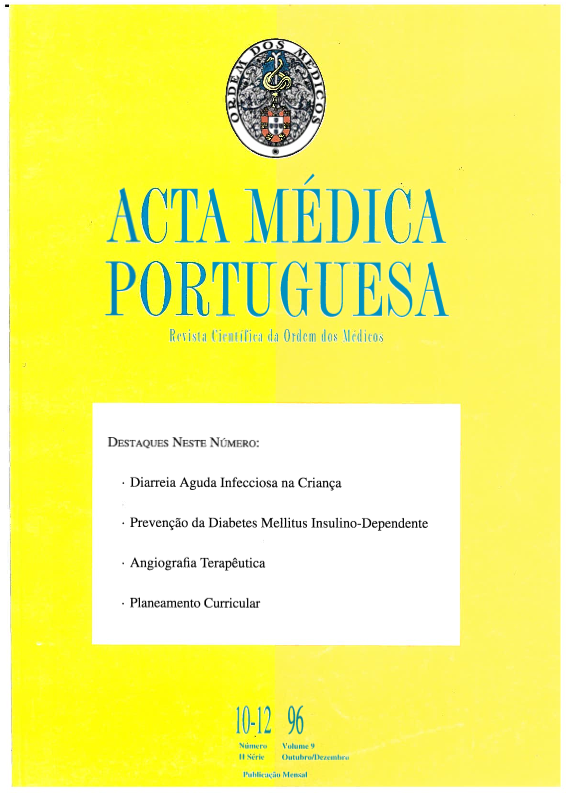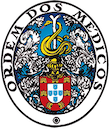Avaliação do Cell-DYN 3500.
DOI:
https://doi.org/10.20344/amp.2627Resumo
The Cell-Dyn 3500 is an automated haematology analyzer which quantitatively measures and computes haematological quantities including a full "five-part" white cell differential. It measures 22 parameters for erythrocytes, white blood cells and platelets, also giving the respective histograms. Evaluation of the Cell-Dyn 3500 was performed according to the International Committee for Standardization in Haematology (ICSH) norms, for a period of 5 weeks. A total of 1,235 samples were studied by comparison with the Coulter MaxM. The five-part white cell differential and the flagging system were estimated and compared with the smear examination of 506 samples, by four clinical pathologists trained in cytology. Good correlation was obtained within, between batches, and day-to-day, for the following parameters: red blood cells (RBC), haemoglobin (HGB), mean cell volume (MCV), white blood cells (WBC) and platelets (PLT). The accuracy was estimated (RBC, HGB, VGM, WBC and PLT) each day with three different levels of titrated controls with good results. The linearity was established for RBC, HGB, WBC and PLT. The results obtained were good. Carry-over studies were performed according to the Broughton method for the same parameters and the results were also good. Stability studies for the automatic parameters including the differential white blood cell count showed that these parameters were stable at 4 degrees C for 48 hours. At room temperature the stability was reduced to 7 hours. Agreement was good between the Cell-Dyn 3500 and the Coulter MaxM, for the automatic haemocytometric values. The comparative studies between the five-part white cell differential of the haematologic analyzer and the manual differential showed excellent results for neutrophils and lymphocytes, very good for monocytes and eosinophils. For the flag estimation two criteria were established, one based on the clinical significance and the other based on the alarm detection described in the analyzer manual. The specificity was good for both criteria. In general the sensibility was better for the second criteria. The Cell-Dyn 3500 has thus shown to be a good haematology analyser which greatly reduces the morphological examination of smears.Downloads
Downloads
Como Citar
Edição
Secção
Licença
Todos os artigos publicados na AMP são de acesso aberto e cumprem os requisitos das agências de financiamento ou instituições académicas. Relativamente à utilização por terceiros a AMP rege-se pelos termos da licença Creative Commons ‘Atribuição – Uso Não-Comercial – (CC-BY-NC)’.
É da responsabilidade do autor obter permissão para reproduzir figuras, tabelas, etc., de outras publicações. Após a aceitação de um artigo, os autores serão convidados a preencher uma “Declaração de Responsabilidade Autoral e Partilha de Direitos de Autor “(http://www.actamedicaportuguesa.com/info/AMP-NormasPublicacao.pdf) e a “Declaração de Potenciais Conflitos de Interesse” (http://www.icmje.org/conflicts-of-interest) do ICMJE. Será enviado um e-mail ao autor correspondente, confirmando a receção do manuscrito.
Após a publicação, os autores ficam autorizados a disponibilizar os seus artigos em repositórios das suas instituições de origem, desde que mencionem sempre onde foram publicados e de acordo com a licença Creative Commons









